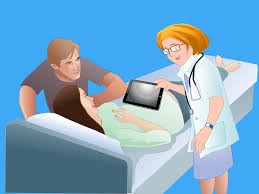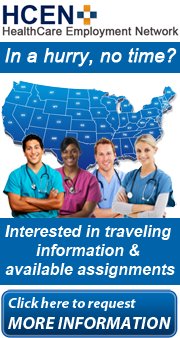Technology is expanding exponentially and new apps, devices and information surfaces daily to help you provide the best patient care. Most facilities now have Electronic Medical Records after a federal mandate. Computerized documentation of patient records has been shown to improve patient outcomes and the quality of care. Having access to all the records including x-rays, scans, etc. is very helpful at the bedside, needless to say.
More and more facilities are implementing electronic lifts and smart beds. These can make the nurses job much safer and reduce stress and injury for patients and nurses.
Staff Scheduling software is available and being used in many facilities which allows nurses to schedule shifts remotely and set up coverage. This will greatly improve efficiency since most everybody has a pocket computer these days in their smart phones.
Many more sophisticated identification systems are being implemented which is important in light of the history of unauthorized people in a facility and patient mix-ups. Radio frequency ID, wristbands and bar codes are being used in most facilities now and new technologies such as eye scans, microchips and palm vein technology will be coming soon to limit access to patient files to authorized personnel.
There are also new tools and software being used to allow the healthcare provider to monitor patients remotely, from a central station for example. This can be very helpful after discharge as well, allowing the nurse or other professional to monitor the patient from their office remotely. Some patients may even have implants that will allow monitoring of more advanced signs and symptoms. Besides implanted devices there is also wearable technology to allow off site monitoring of patients without invasive surgery.
More community type nursing plans are being implemented and these will continue as well in an effort to reduce healthcare costs. By partnering with smaller community hospitals where patients can receive needed c are closer to home, the larger medical facilities can keep beds open for patients in need of more intensive care. Care centers have also been opening that provide only outpatient services so there are no beds or 24 hour care necessary.
And of course, as we all know, in the healthcare industry there continues to be a nursing shortage and more jobs available than there are nurses to fill them. This makes for an ever increasing demand for travel nurses. There are also a lot of opportunities for RN's to become nurse educators.
Travel nurse compensation continues to be among the best in the job market today. Growth is expected to continue throughout the next decade.
If you are ready to get started on your first or next adventure as a Travel Nurse, click here so we can help you get started!
Mary Crawford, HealthCare Employment Network


